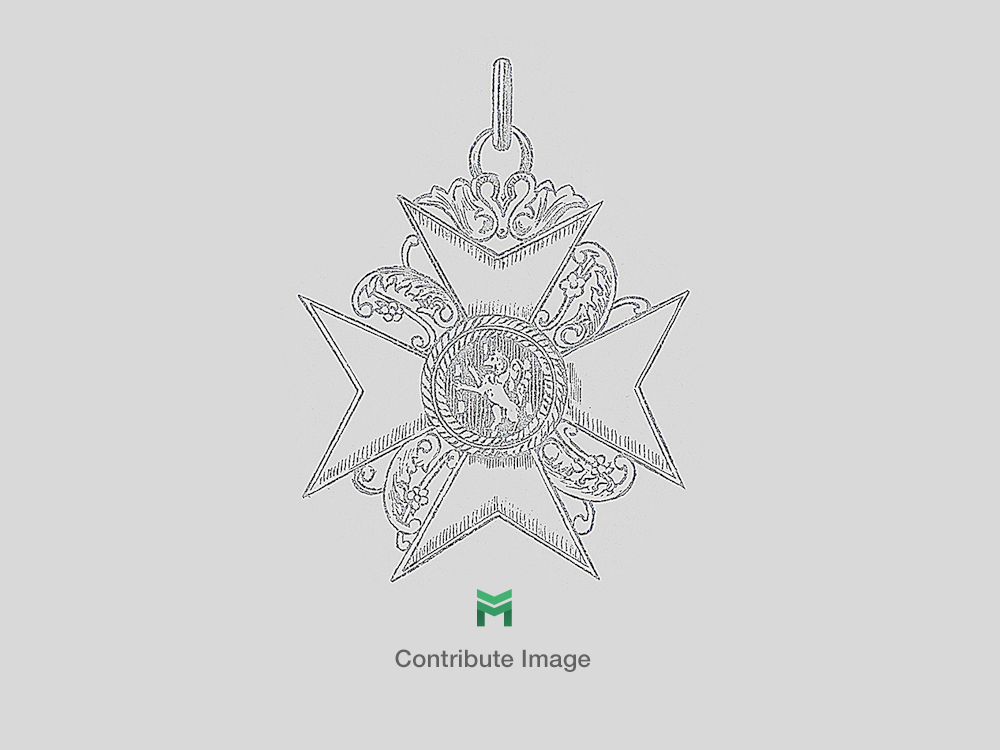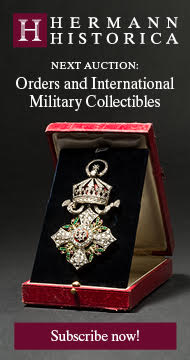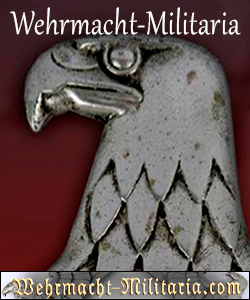Order of the Cross of Takovo, Military Division, II Class Breast Star
CATEGORY: Version
SKU: 01.SRB.0102.204.01.000
Estimated market value:

Estimated market value:
The Order of the Cross of Takovo has an intricate origin closely related to the foundation of the Kingdom of Serbia in 1882.
During the Ottoman rule, Serbia was allowed only to institute commemorative medals. In 1865, the Medal of the Cross of Takovo was created to commemorate the 50th anniversary of the Serbian uprising of 1815. This Medal was struck in silver without enameling. It was awarded to the fighters, heirs and family of those who fought against the Turks in 1815. Years later, a second model in gilt was approved. There are no known samples of these medals.
This Commemorative Medal was the backstage of the Order of Takovo. During the Second Serbian-Turkish War of 1877/78, this medal was re-instituted as a decoration with three classes. These classes were differed by the way to wear them. The first class was the sash badge (that was wore from the left shoulder to the right hip), the second class was wore on a neck ribbon, and the third class was the chest ribbon. Sooner the decoration became with enamels. There are a few surviving examples of these decorations.
After the end of the hostilities in 1878, the Cross of Takovo was reorganized again. Following the Legion of Honor pattern, this decoration was promoted an order with five classes. Prince Milan became grand master. The Order was awarded in recognition of services rendered on the battlefield or in the army. It was also awarded for services rendered for liberation and independence of the Principality of Serbia.
The Serbian system of decoration was regulated in 1883, once the Kingdom of Serbia was proclaimed by Prince Milan. By then, the Order was confirmed as the royal order of the new kingdom. It was awarded in recognition of services rendered to the State and the Royal Household. At the same time the Order with swords was created for gallantry during the battle.
The Order ceased to exist after the May Coup and the fall of the Obrenovich Dynasty in 1903.
The obverse inscription translates to "For FAITH, PRINCE AND FATHERLAND".
In MedalBook, the Order is divided into two types. Type I consists of he version without sword, while Type II presents the versions with these.

Comments
Sign in to comment and reply.


Scroll Top